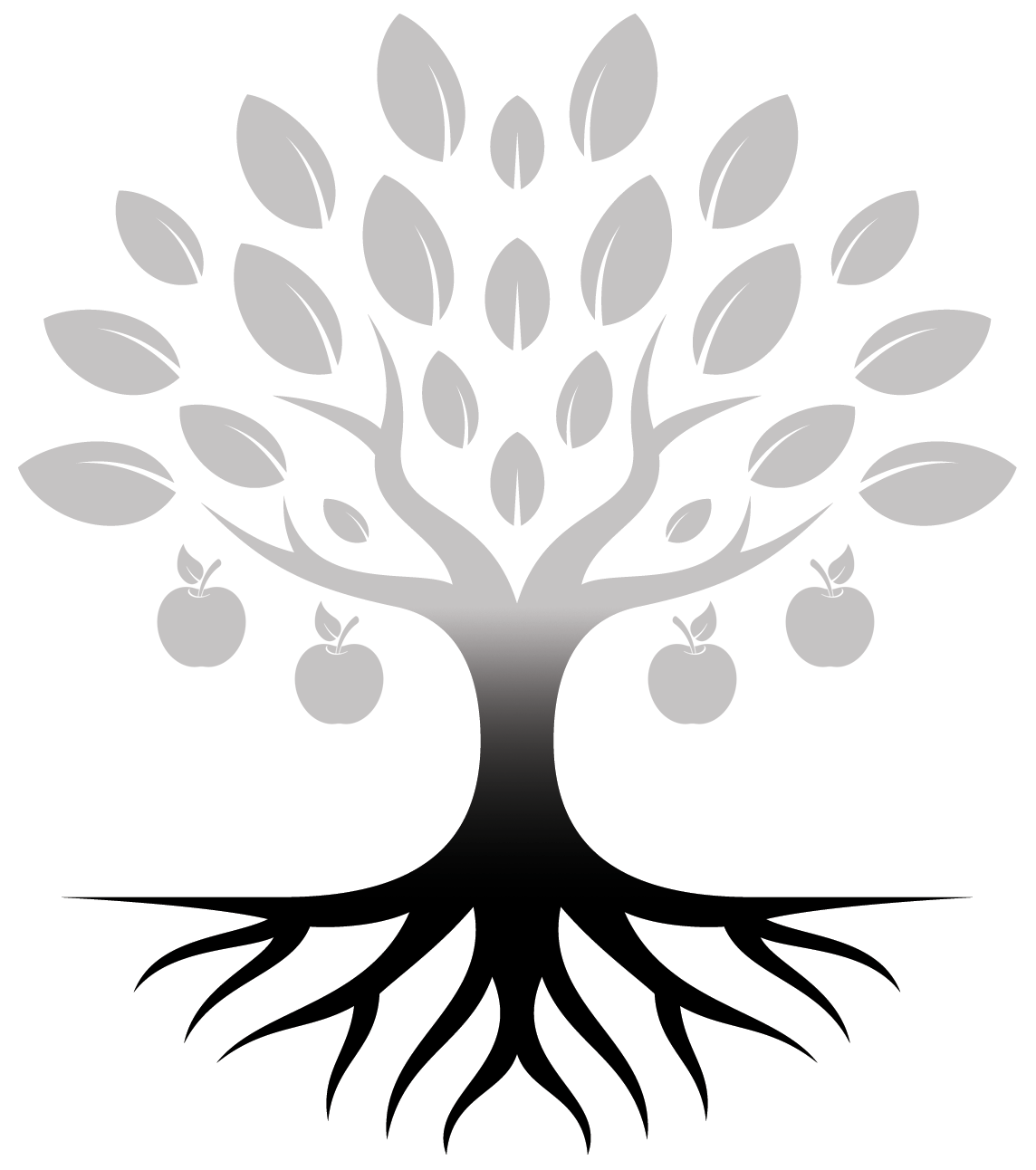Making a sound ethical decision involves a deliberate and reflective process that incorporates core values, legal requirements, foreseeable consequences, and personal character. There are other ethical decision making tools and frameworks that might also be useful to consider (see for example,
Ethics at War: How Should Military Personnel Make Ethical Decisions?) but here we outline a commonly used approach, referred to as
ethical triangulation, which integrates various ethical traditions and frameworks to ensure the best possible (or least bad) choice can be made.
Review the facts
Identify possible options
Apply ethical triangulation
Compare alternatives
Make a choice
1. Review the facts
The first step is to fully understand the situation and its context. This ensures that all subsequent reasoning is grounded in a thorough understanding of the facts.
- Who is involved? Identify all stakeholders, including individuals, groups, and organisations that may be affected by the decision. Include military personnel, civilian populations, governments, and other groups affected by the decision. Consider the potential adversaries and the international community.
- What is the situation? Define the issue or challenge clearly. Understand what a decision needs to be made about and its immediate context.
- What is the background? Examine the history or circumstances leading to the situation. Recognise any cultural, social, or professional dynamics at play.
2. Identify possible options
Next, brainstorm all potential courses of action. This step requires creativity and open-mindedness. What viable choices exist? Consider both obvious solutions and less apparent alternatives. Reflect on whether there are options you might initially dismiss due to assumptions, biases, or limited perspective. The resulting choices that are identified maybe very limited (turn left, turn right, or crash), or they might be seemingly open-ended, in which case narrow them down to the types of choice that can be made (advantage group A, advantage group B, advantage group C, remain as neutral as possible between the three groups).
3. Apply ethical triangulation
Now we need to assess the potential courses of action - this is the core of ethical decision-making. If it is unclear which option should be assessed first, it may be appropriate to start with the status quo option (do nothing) before turning to the others. Ethical triangulation involves analysing each option from three distinct ethical perspectives: Deontology, Consequences, and Character.
3a. Deontology
Deontology focuses on principles, duties, and rules. Start by asking:
- What principles apply? Identify the rules, laws, or core values relevant to the situation. These may include professional codes of conduct, legal statutes, or personal moral commitments. For example, would the action comply with the law, such as the Geneva Conventions? Some rules, particularly legal or moral "red lines," cannot be violated, regardless of potential benefits. (See card: Are there some actions in war that are absolutely forbidden regardless of the situation, or could there ever be a justification to override ethical rules?) If that is the case, then that particular option can be discarded without further assessment necessary.
- Are there conflicts between principles? Consider potential dilemmas where one value or rule may oppose another:
- Are individual rights being compromised for a perceived greater good?
- Are professional obligations clashing with personal values or legal requirements?
3b. Consequences
After identifying the deontological principles, shift focus to the potential outcomes of each option. This may provide a way to resolve conflicts already identified in the previous step:
- What are the foreseeable consequences? Assess the potential harm or benefit to all stakeholders, including unintended consequences.
- Are the consequences disproportionate? For example, would civilian casualties, if permitted at all in this situation, be excessive compared to the military advantage gained?
- What mitigation strategies can be in place?
This step acknowledges the complexity and unpredictability of real-world outcomes. However, be cautious, as humans are often biased when predicting consequences, particularly when personal interests are involved. Note also that no matter what the consequences may be, there are certain things that you are simply not allowed to do. These should have already been ruled out at the previous step.
3c. Virtue ethics
Finally, evaluate the decision through the lens of virtue ethics, focusing on moral character and integrity – are you motivated to act by the right intentions?
4. Compare alternatives
Reassess the chosen option against other possibilities identified in Step 2 (other possible options). Determine whether new solutions emerge or if changes in the situation alter the ethical landscape. This iterative process ensures all angles have been thoroughly considered.
Have you explored all possibilities, or have conditions changed? New options or safeguards may arise through ethical reflection. Situations and contexts can evolve rapidly, so does the situation need to be reassessed? In which case go back to Step 2.
5. Make a choice
Evaluate the probable effects of each option and select the best—or least harmful—course of action. This is the application of Aristotle’s concept of phronesis (practical wisdom) where one weighs all factors and make the most balanced decision possible in light of one’s professional knowledge of how those different choices are likely to play out in the real world.
The Importance of Practice
Ethical decision-making is a professional skill that improves with practice. Becoming familiar with balancing competing factors makes intuitive ethical decisions easier, especially in time-sensitive situations. While structured methods work best in stable, deliberative contexts, experience fosters quicker, more confident judgements under pressure.
 6
6
6
6
6
6
6
6